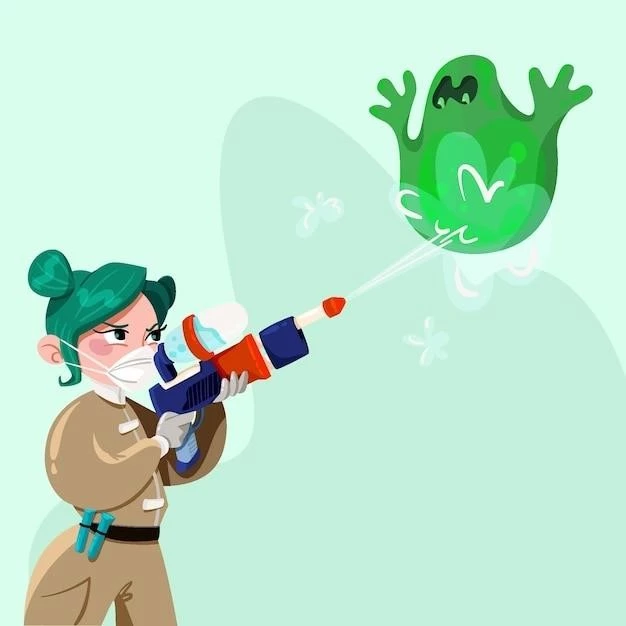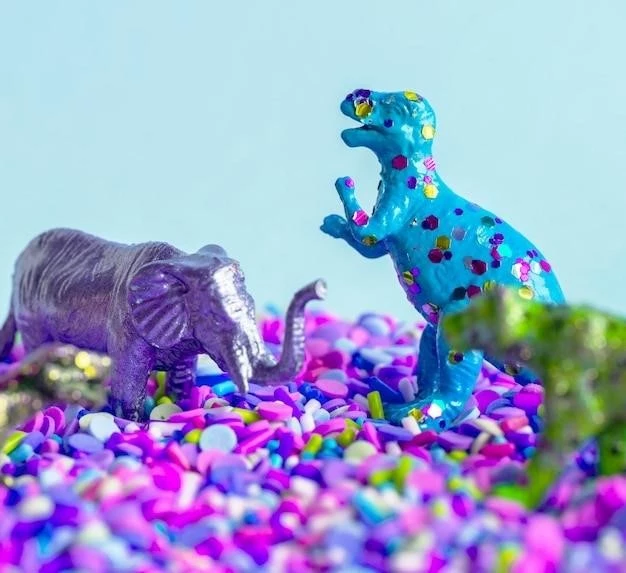The Power of Scent: Chemical Communication in the Animal Kingdom
We humans rely heavily on sight and sound to navigate our world. But imagine a world where your primary means of communication wasn’t a spoken word, but a complex symphony of smells. This is the reality for countless animals, where scent plays a crucial role in everything from finding food to attracting mates, establishing territories, and even navigating their surroundings.
As a lifelong animal enthusiast, I’ve always been fascinated by the power of scent in the animal kingdom. I’ve spent countless hours observing animals in their natural habitats, trying to understand the silent language of smells. From the pungent musk of a male deer marking his territory to the alluring pheromones of a female moth attracting a mate, I’ve witnessed firsthand the remarkable ways that animals use scent to communicate.

One of the most striking examples I’ve encountered is the incredible olfactory abilities of dogs. While I was researching for this article, I spent a few days with a friend who is a professional dog trainer. We were walking through a park when her dog, a golden retriever named Max, suddenly stopped and started sniffing the ground intensely. Max’s nose twitched, his tail wagged, and he began to pull in a specific direction. My friend explained that Max was following the scent trail of another dog. This was a fascinating display of how dogs, with their highly developed sense of smell, can detect and interpret scents that are completely undetectable to our human noses.

The world of scent communication isn’t limited to just land animals. During a trip to the Galapagos Islands, I witnessed the incredible olfactory abilities of sea lions. These playful creatures use scent to identify their pups in a crowded rookery. A mother sea lion can distinguish her pup from hundreds of others, even if they’re separated by a significant distance, simply by recognizing the unique scent of her offspring. This is a testament to the power of scent as a powerful and reliable form of communication, even in environments with limited visibility.
But scent communication isn’t just about individual interactions. It can also play a vital role in the survival of entire species. Take the case of ants, for example. These tiny insects use pheromones to communicate with each other, forming intricate networks of trails that lead to food sources and shelter. Ants will follow the scent trail of a scout ant back to a rich food source, effectively communicating the location of valuable resources to the entire colony. This sophisticated system of chemical communication allows ants to work together efficiently, ensuring the survival and success of their colony.
As I continue to explore the world of animals, I am constantly amazed by the complex and sophisticated ways that they use scent to communicate. From the intricate pheromone signals of insects to the powerful olfactory abilities of mammals, scent communication is a vital aspect of the animal kingdom. By delving deeper into the fascinating world of scent, we can gain a better understanding of the intricate social interactions and survival strategies of our animal neighbors. It’s a world that reminds us that the power of scent, often overlooked in our human-centric world, is a truly remarkable and powerful force in nature.










